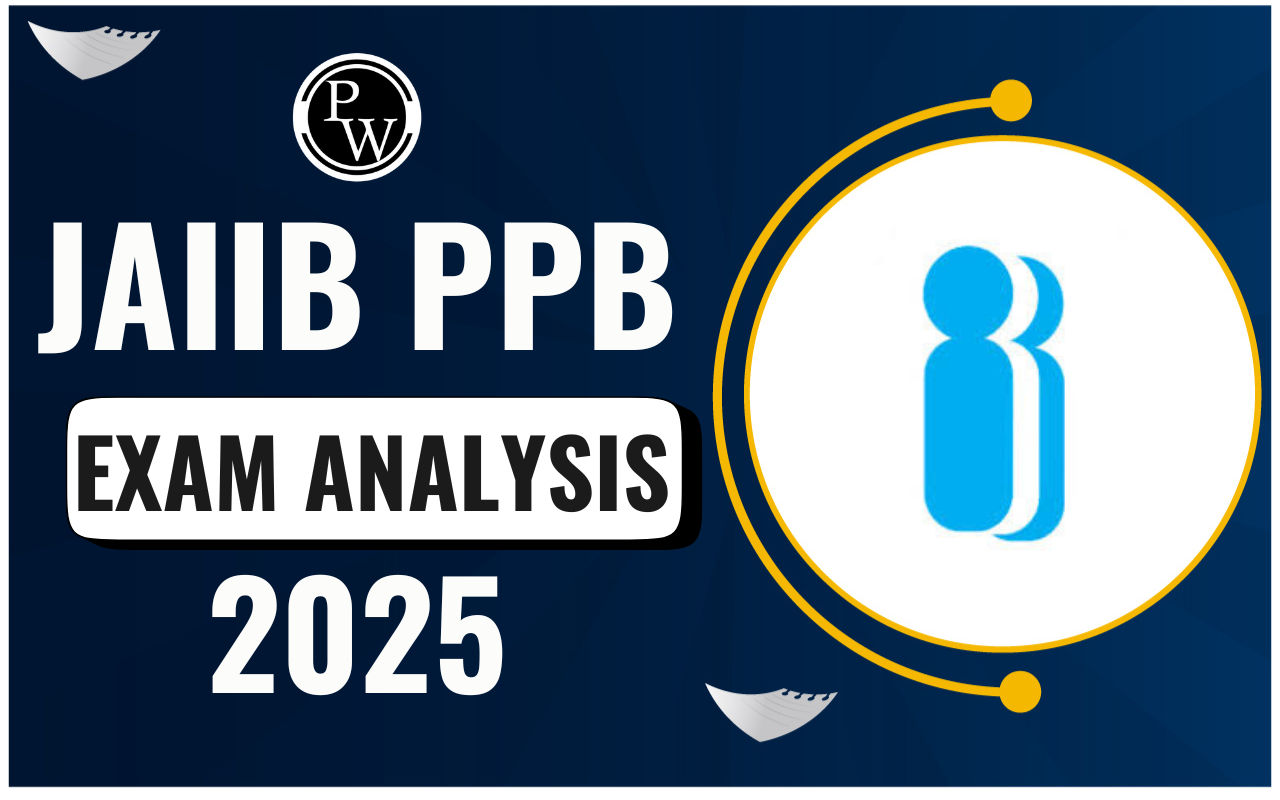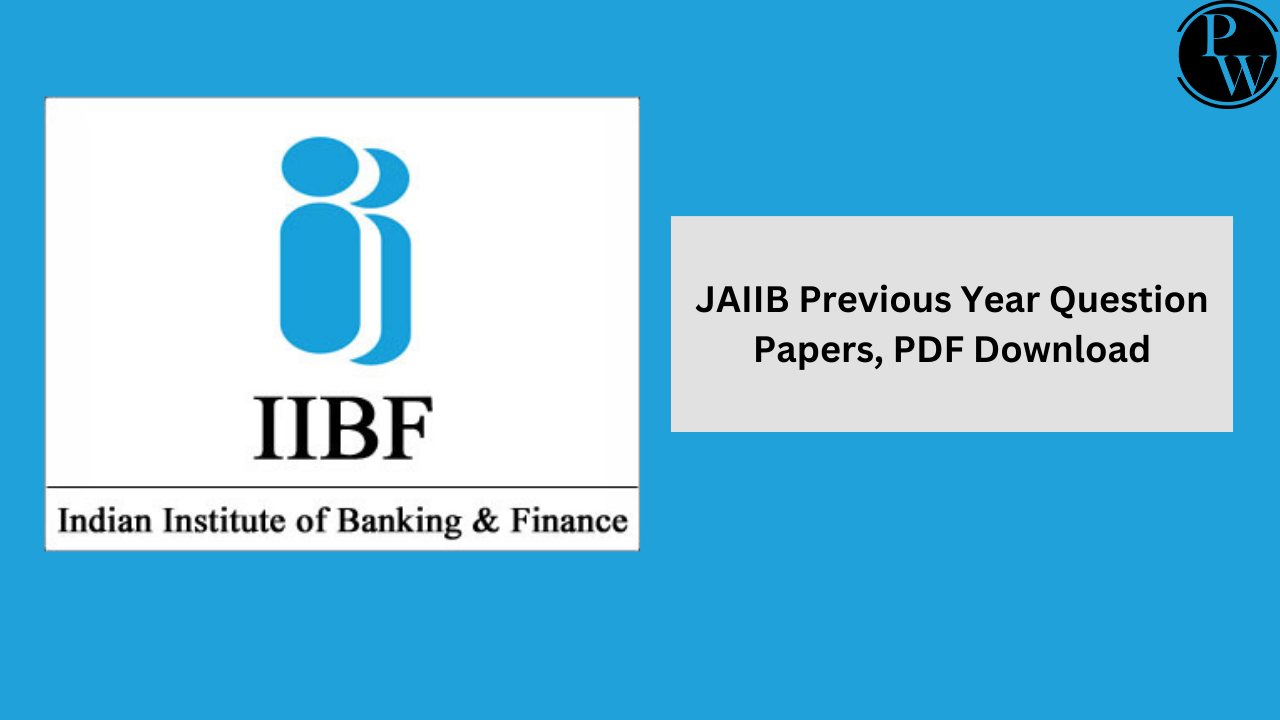

Treasury Management: The Treasury management involves overseeing a company's finances on a day-to-day basis and making big financial decisions. This includes managing cash flow, arranging credit lines, investing wisely, and deciding how to use funds effectively. It's all about ensuring there's enough money to keep the business running smoothly while minimizing risks. Treasury management covers tasks like predicting cash flow, handling investments, managing debt, and dealing with financial risks.
Here, we'll dive into the details banking aspirants need to know about treasury management, from its meaning and functions to its benefits and challenges.What is Treasury Management?
Treasury management involves carefully planning, managing, and overseeing a company's money matters. It includes tasks like predicting how much cash will be available, making sure there's enough money to cover expenses, handling payments smoothly, and making smart investment decisions. Essentially, it's about ensuring the organization's finances are in good shape, risks are minimized, and profits are maximized. Also Read: What is the Role of Money Markets? Meaning & ExamplesFunctions of Treasury Management
The treasury management department handles important tasks to keep a company's finances running smoothly. Here, we've provided all the important details on the Functions of Treasury Management:- Managing Cash and Liquidity: Treasury Management makes sure the company always has enough cash on hand to cover daily expenses. This involves keeping an eye on cash flow, predicting future needs, and finding ways to use money wisely. By doing this, they prevent the risk of running out of cash or having too much sitting idle.
- Mitigating Financial Risks: Treasury Management identifies and deals with financial risks that could harm the company's finances. These risks include things like changes in interest rates, fluctuations in foreign exchange rates, and the possibility of other companies failing to pay what they owe. The treasury team comes up with strategies to minimize these risks and protect the company's money.
- Capital Structure Management: They help decide how the company should finance its operations. This means figuring out the best mix of borrowing money and selling ownership stakes (like shares of stock) to raise funds. By considering things like the cost of borrowing and the impact on the company's financial health, they aim to create a balanced approach that maximizes value while keeping risk in check.
- Strategic Investment Decisions: Treasury Management is responsible for making smart decisions about where to invest any extra money the company has. This could involve putting it in short-term or long-term investments like bonds or stocks. They weigh factors like how much risk the company is willing to take and how quickly they might need the money, all with the goal of making the most profit while still keeping funds safe and available.
- Ensuring Financial Compliance: They make sure all financial records are accurate and up-to-date. This includes preparing financial statements, following accounting rules and laws, and providing information for audits. They also set up rules and checks to make sure everyone follows internal guidelines and external regulations related to money matters.
Benefits of Treasury Management
Here, aspiring banking candidates can find out why using a Treasury Management System is beneficial. Check the below points for details on the top benefits of Treasury Management:- Essential for Multinational Companies: Multinational businesses face complex challenges in managing finances across borders. A Treasury Management System is crucial for navigating these complexities efficiently.
- Risk Mitigation: Besides handling funds, treasury management also focuses on mitigating various risks, including financial, reputational, and operational. This proactive approach helps companies prepare for unforeseen events like natural disasters or global crises.
- Financial Advisory Role: Treasurers act as financial advisors to companies, analyzing the economic landscape and advising on strategies to adapt to potential changes. This insight helps in making informed decisions to safeguard the company's financial health.
- Enhancing Banking Relationships: Treasury management strengthens banking relationships by fostering trust, transparency, and reliance. Treasurers leverage data to uncover valuable opportunities and manage foreign exchange risks effectively.
- Optimizing Operational Efficiency: By streamlining financial processes and adopting best practices, treasury management improves operational efficiency. This allows companies to allocate resources more effectively and seize growth opportunities while minimizing financial risks.
Challenges of Treasury Management
Here, we've provided detailed information on the Challenges of Treasury Management. Candidates must check the following points to know the challenges faced by Treasury Management:- Market Volatility: Fluctuations in financial markets, like interest rates and exchange rates, make it tough to maintain financial stability. For instance, sudden spikes in interest rates can increase borrowing costs, making it hard to manage cash flow. Similarly, changes in exchange rates can lead to gains or losses when dealing with foreign currencies, making forecasting and risk management tricky.
- Regulatory Compliance: Keeping up with ever-changing regulations and financial standards is a constant challenge. Meeting these requirements is vital to avoid penalties and legal trouble. Compliance covers areas like financial reporting, risk management, and anti-money laundering measures. Failing to comply can result in severe consequences, including fines and legal actions.
- Cybersecurity Threats: With the rise of technology, safeguarding financial data against cyber threats is crucial. Cybercriminals may try to hack into financial systems, steal sensitive data, or carry out fraudulent transactions. To counter this, organizations must invest in strong cybersecurity measures like firewalls, encryption, and employee training.
- Complex Global Operations: Managing finances across different countries adds layers of complexity. Each country has its own rules, taxation systems, and banking regulations. Juggling cash flows, liquidity, and risks across multiple jurisdictions requires a deep understanding of these differences and the ability to adapt to diverse environments.
- Commodity Price Volatility: Organizations reliant on commodities or exposed to commodity markets face challenges due to price fluctuations. Effective hedging strategies are needed to mitigate risks associated with sudden changes in commodity prices, ensuring stability in financial planning and operations.
Difference Between Treasury Management and Cash Management
While treasury management and cash management are often used interchangeably in the financial industry, they have distinct differences. Recognizing these differences is essential for understanding how each function contributes to a company's financial health. The table below highlights the key differences between cash management and treasury management, emphasizing their distinct roles and functionalities within an organization:| Difference Between Treasury Management and Cash Management | ||
| Aspect | Cash Management | Treasury Management |
| Scope | Focuses on the systematic control of immediate financial resources. | Encompasses a broader spectrum, overseeing multiple aspects of corporate finances, including cash flow and liquidity. |
| Primary Activities |
|
|
| Technological Solutions | Cash Management Software | Treasury Management System |
| Functionality of Software |
|
|
| Goal | Ensures the fulfillment of immediate financial obligations. | Enhances overall financial management, providing strategic oversight and control of financial resources. |
Treasury Management: Meaning, Functions, Benefits and Challenges FAQs
Q1. What is a Treasury Manager?
Ans. A treasury manager takes care of a company's money matters, like cash flow and revenue. They're responsible for handling the overall finances and managing financial risks. Their main tasks include keeping an eye on day-to-day operations and planning for the company's long-term financial success.
Q2. What's the main objective of treasury management?
Ans. The main objective of treasury management is to make sure the company's money is used wisely. This means keeping enough cash on hand to keep the business running smoothly while also making smart decisions about any extra money. Ultimately, it's about ensuring the company has the cash it needs and using any extra cash effectively.
Q3. What are the main functions of treasury management?
Ans. Treasury management involves several important tasks, including managing cash, keeping an eye on liquidity (which means having enough cash available), and handling financial risks. It also involves planning for the company's financial future and making sure it has the right mix of money from borrowing and from other sources.
Q4. What's the difference between finance and treasury management?
Ans. Finance management looks at the long-term financial health of a company, while treasury management focuses more on the day-to-day money matters and making sure the company has enough cash to keep running smoothly. Think of it like this: finance management plans for the future, while treasury management takes care of the present.
Q5. What's another name for treasury management?
Ans. You might hear treasury management called cash and liquidity management. Basically, it's all about making sure the company has enough money to stay in business and keep things running smoothly.
Talk to a counsellorHave doubts? Our support team will be happy to assist you!

Check out these Related Articles
Free Learning Resources
PW Books
Notes (Class 10-12)
PW Study Materials
Notes (Class 6-9)
Ncert Solutions
Govt Exams
Class 6th to 12th Online Courses
Govt Job Exams Courses
UPSC Coaching
Defence Exam Coaching
Gate Exam Coaching
Other Exams
Know about Physics Wallah
Physics Wallah is an Indian edtech platform that provides accessible & comprehensive learning experiences to students from Class 6th to postgraduate level. We also provide extensive NCERT solutions, sample paper, NEET, JEE Mains, BITSAT previous year papers & more such resources to students. Physics Wallah also caters to over 3.5 million registered students and over 78 lakh+ Youtube subscribers with 4.8 rating on its app.
We Stand Out because
We provide students with intensive courses with India’s qualified & experienced faculties & mentors. PW strives to make the learning experience comprehensive and accessible for students of all sections of society. We believe in empowering every single student who couldn't dream of a good career in engineering and medical field earlier.
Our Key Focus Areas
Physics Wallah's main focus is to make the learning experience as economical as possible for all students. With our affordable courses like Lakshya, Udaan and Arjuna and many others, we have been able to provide a platform for lakhs of aspirants. From providing Chemistry, Maths, Physics formula to giving e-books of eminent authors like RD Sharma, RS Aggarwal and Lakhmir Singh, PW focuses on every single student's need for preparation.
What Makes Us Different
Physics Wallah strives to develop a comprehensive pedagogical structure for students, where they get a state-of-the-art learning experience with study material and resources. Apart from catering students preparing for JEE Mains and NEET, PW also provides study material for each state board like Uttar Pradesh, Bihar, and others
Copyright © 2025 Physicswallah Limited All rights reserved.
Get App










